7. Burnt Offerings (1976, Dan Curtis)
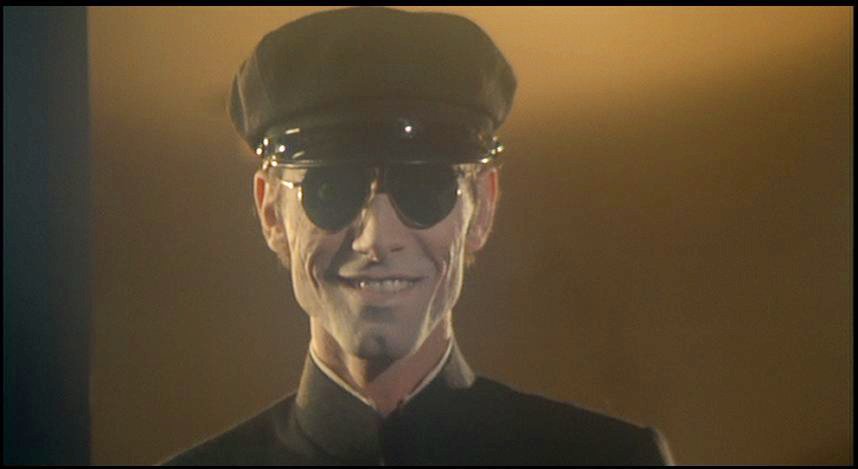
Arguably the most camp title on this list. The creator of the Dark Shadows series, Dan Curtis directs the movie based on a novel by Robert Marasco. It’s not a complex plot: A married couple, the scenery-chewing Karen Black and her husband, British actor Oliver Reed, rent a large Gothic house for the summer.
Along for the fun is Bette Davis as Reed’s mother, and a child actor who admittedly elicits howls with his career-ending role as the couple’s adolescent son. Lee Montgomery gives a stunningly awful performance here. What happened? He wasn’t completely terrible in “Ben”, but under Curtis’s direction here becomes an obnoxious, whining kid whom audiences want to strangle. But, it’s all good in this addition to the haunted house genre.
Naturally, events turn creepy, especially in regards to the infirm Mrs. Allodice who resides during their occupancy in a locked upstairs bedroom. Bette Davis’s death scene is a high point in the film, a scene which includes a spectral chauffeur with a maniacal grin.
Of course, modern audiences can see the ending coming down the road, with a blaring horn and neon signs. Even though the ending is quite predictable, the film still leaves a memorable mark, often calling out “Watch me again. Watch me again.” You’ll gladly comply.
8. Invasion of The Body Snatchers (1978, Philip Kaufmann)
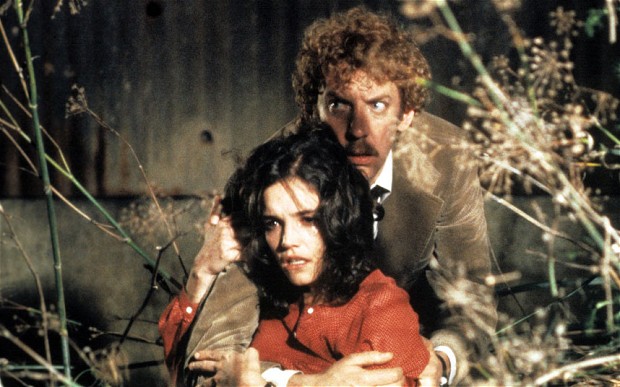
If there were a list of remakes that are better than the original, it would probably be a very short one. Very, very short. But this movie would positively be near the top, if not number one. The plot of the original, and its source material, are well-known and a favorite of Hollywood, apparently.
It has been remade again and again, the most recent being “Invasion”, the most awful. Abel Ferrara’s retelling is really the only standout. But back to this, the first remake of Don Seigel’s original sci-fi classic. That film’s rural setting is updated here to the instantly recognizable San Francisco, and its hilly streets.
The screenplay is by W.D. Richter, who successfully updated the story to the sophisticated, albeit slightly-dated, hip, late 70s ; the era of EST, and the beginnings of the “ME” generation. Donald Sutherland (again, perfectly suited for the roll) plays Department of Health investigator Matthew Bennell, who slowly begins to realize that the city’s residents seem to be changing. Pod people, of course.
Even though the viewer knows what Sutherland’s character does not, it doesn’t lessen the film’s pervasive tension. Extremely creepy events abound , mostly in the background. A man is seen through the translucent glass of a door, simply standing still, watching. The extras on the street stare at Mr. Bennell and his love interest, played to perfection by Brooke Adams.
The costars are the eccentric Veronica Cartwright (soon to be cast in another horror classic, “Alien”) and her husband Jack, the gangly Jeff Goldblum in an early role. Special effects are here. But this was before CGI, which results in the film’s most shudder-inducing scene. And one the original failed to present. That would be the pods creating their new, emotionally-dead replicas. Sutherland can’t bring himself to destroy his girlfriend’s double, but doesn’t hesitate to decimate his look-alike with a shovel.
This version’s ending has often been misinterpreted, frustratingly. The movie is also notable for having no music over the end credits. An eerie, sci-fi/horror masterpiece.
9. The Shining (1980, Stanley Kubrick)
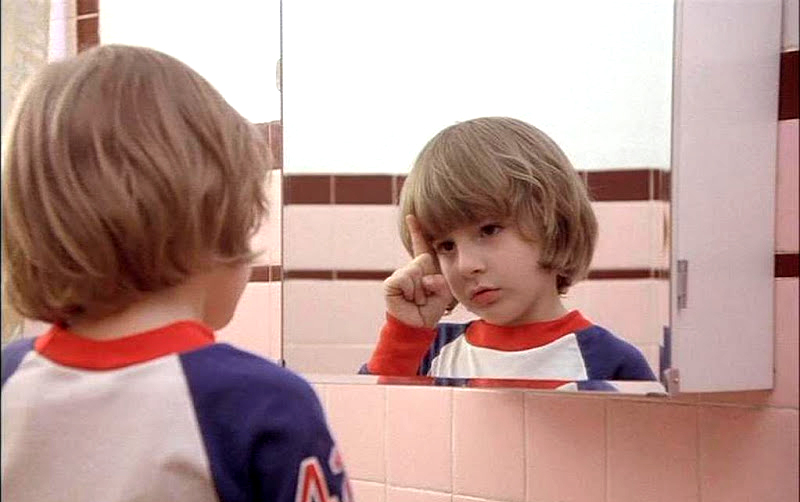
There isn’t much that can be said about this film that hasn’t already been said. Kubrick’s loose interpretation of Stephen King’s novel is generally considered by all horror fans as one of the best genre films ever made. That’s interesting.
Upon its initial U.S. opening, critics were falling all over themselves to trash Kubrick’s film. They took special glee in calling Jack Nicholson’s portrayal of Jack Torrance “over the top.” While it’s true that the character has its moments of incredulity, remember that in 1980, Jack Nicholson hadn’t yet become JACK NICHOLSON.
Shelley Duvall’s acting as his wife Wendy was also routinely dismissed as “mousy”. What critics missed, apparently, is that “mousy” is exactly what her character called for. She needed to be liked, yet at the same time Kubrick wanted viewers to completely understand WHY her husband hated her so much.
It’s pretty obvious from the car ride up the mountain with her son Danny and husband. In any event, “The Shining” has taken its place on the top of genre lists all around.
Evidently, newer generations of viewers began to see the way Kubrick ingeniously spends almost the entire first and second act just setting up the perfect mood and atmosphere of dread. Even though the film only shows one murder, it is exactly what the movie poster proclaimed: “A masterpiece of modern horror.”
10. Ringu (1998, Hideo Nikata)
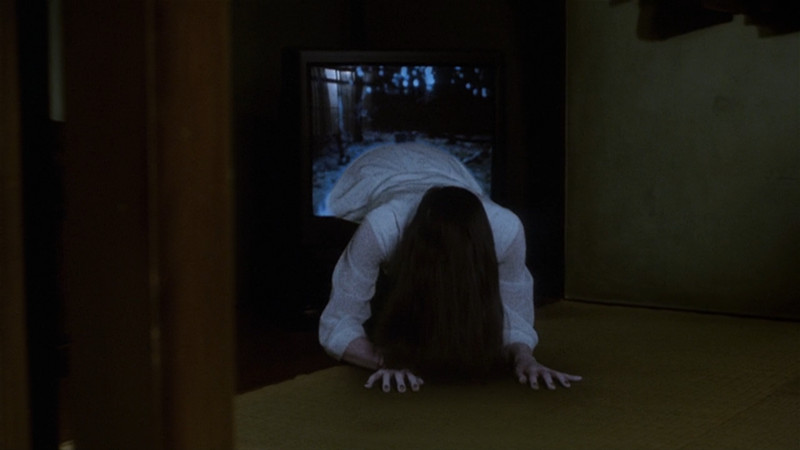
For better or worse, this amazing movie is what started America’s fascination with what would be known as J-Horror. It’s not at all difficult to figure out why this film had legs. The plot is simple.
A TV reporter gets on to the story of a VHS (that dates it, huh?) tape that viewers die after one week. What does the tape contain? What’s so terrifying? The short filmic images she (Nanako Matsushima) watches are Buñuelian black and white snippets of unsettling images, culminating in a wide shot of a well. The ending to the original Japanese hit is not really different than the so-so inevitable Hollywood remake.
A remake whose best attribute is that it’ll make you want to search out the original. Many, many J-horror movies followed (“Dark Water”, “The Grudge” etc.), the original Japanese-language version remains the creepiest of them all. You’ll never look at a girl with long black hair the same again.
11. The Blair Witch Project (1999, Daniel Myrick and Eduardo Sanchez)
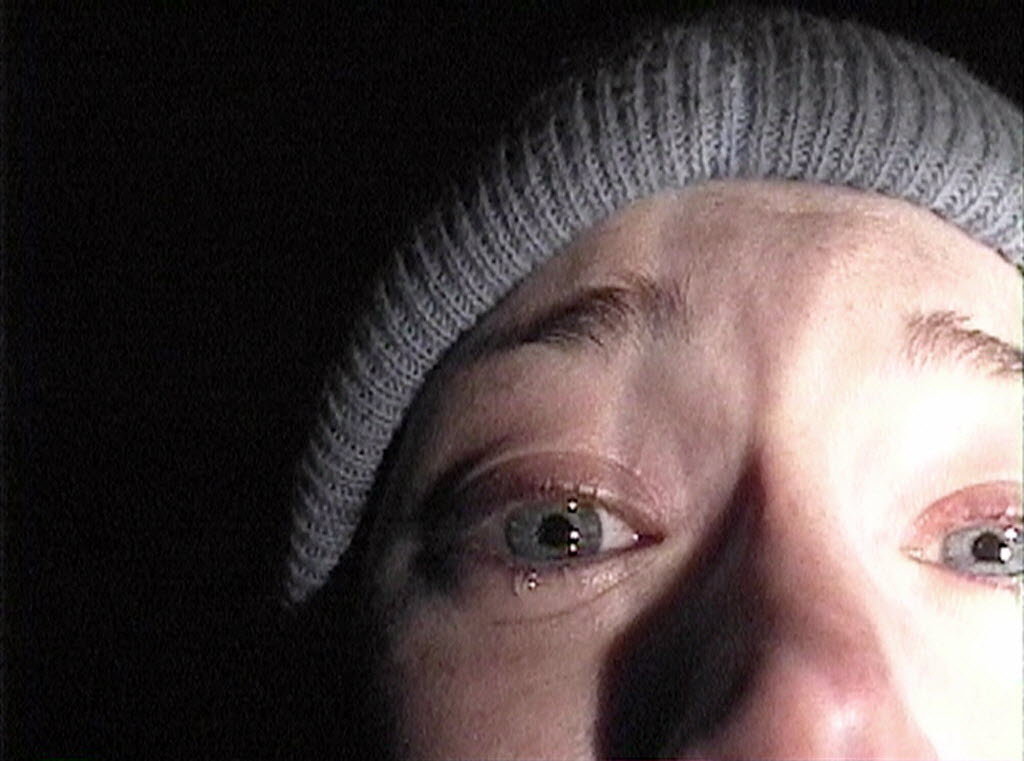
A much-debated entry on this list, there’s no denying that this film is the starting-off point of an entirely new genre, the “found footage” film. While it may not be the best in this sub-genre, no one can deny its affect on pop culture.
With its fantastic pre-release publicity and presence on the internet, it quickly became the highest-grossing independent picture of all-time. But, with its fame, it quickly received a large backlash, with viewers feeling duped into thinking they were going to see the scariest movie of all time. Not quite. The film does have its defenders.
Certainly, the film achieves its desired effect of unsettling audiences. It’s a perfect example of what the EERIE genre does best. That is to spend its time creating suspense through character development (love ’em or hate ’em), mood, tone, and atmosphere. While it’s true that this movie spends its entire running time setting up a terrific payoff, it’s a payoff that never comes.
The ending is what viewers mostly took umbrage with. The final three or so minutes either scare you, or piss you off. However, there’s no denying that until those final moments, the film succeeded in raising more than a few hairs on the necks of viewers. An ultimately rewarding piece of genre history.
12. Session 9 (2001, Brad Anderson)
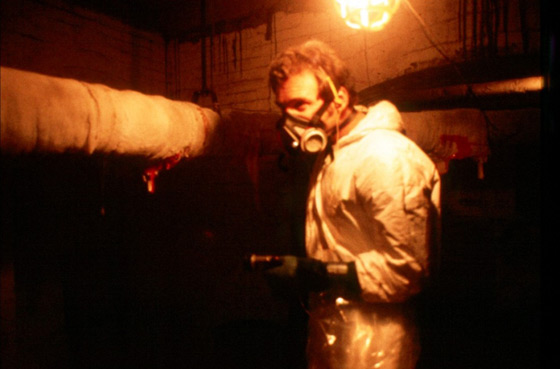
An independent slice of horror written by director Anderson and Stephen Gevedon. A prime example of how a great location can make or break a scary movie. In this case, the Danvers State Mental Hospital in Massachusetts serves as the almost-only location the movie uses. And uses it, it does.
The genuinely nerve-rattling abandoned buildings are completely memorable; yet another example of the location becoming a character too. The empty hospital needs to have its asbestos removed. A crew is hired to do this, and wind up coming across a slew of vintage tape recordings featuring sessions with a mutliple-personality sufferer. This patient’s other personality is a boy named Simon, who first appears in the ninth session.
The creepiness and feeling of unease start almost as soon as the credits begin. It may seem like shooting fish in a barrel to make this location seem scary. History has shown it is not easy. but, the director hits it out of the park. Is it ghosts that are haunting the halls? While “Session 9” was not a commercial success, it has a cult following.
According to writer Danny Peary, every horror film has a certain amount of cult loyalty. Whether or not this is true is open for discussion. What’s not open is this film’s terrific ambience and ability to creep the hell out of you.
13. Calvaire (2004, Fabrice Du Weiz)
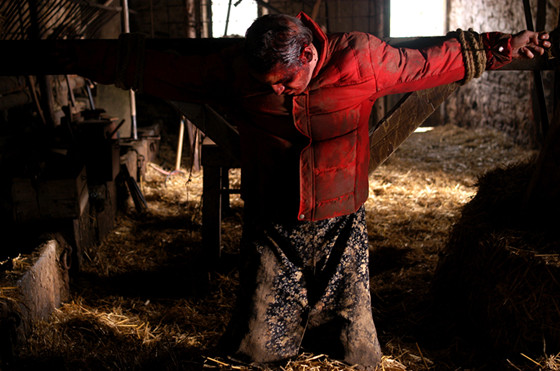
Another obscure entry is this title from Belgium. First-time director Du Weiz has crafted a creepy standout that is almost impossible to look away from. Written by the director and Romain Protat, this disarming, subtitled movie came out of left field. Laurent Lucas is the main character, the quiet and bizarre cabaret performer Marc Stevens.
On his way in his van to a Christmas party that will apparently have music producers, Marc gets lost in the countryside, and naturally, his van breaks down.
To add even more cliche to this premise: it’s getting dark, it’s raining, and the only respite from the storm is a vacant Inn run by the subtly insane Paul Bartel (named after the late cult director of “Eating Raoul” and “Death Race 2000” who was definitely never married to Mary Woronov). Bartel takes an instant shine to Marc, and proceeds to keep him as his “wife.” Bartel shaves Marc’s hair, in a scene that succeeds in making the viewer feel like a voyeur to something they shouldn’t be seeing.
The title of this movie “Calvaire” was changed to “The Ordeal” for U.S. audiences. No matter, because no one went to see this art house original anyway. “Calvaire” apparently means more than an ordeal: it is the journey one takes on the way to their crucifixion.
There’s a scene in the middle of the film where the nearby town’s only pub, and public meeting place, is suddenly overtaken with drunken customers who spontaneously start a truly bizarre dance resembling a slow-motion mosh pit. Sounds ridiculous, and it is. It’s also unforgettable. The rest of the film revolves around Marc’s escape, the ending being the subject of question among the film’s growing legion of fans. Yet it’s a debate well worth engaging in.